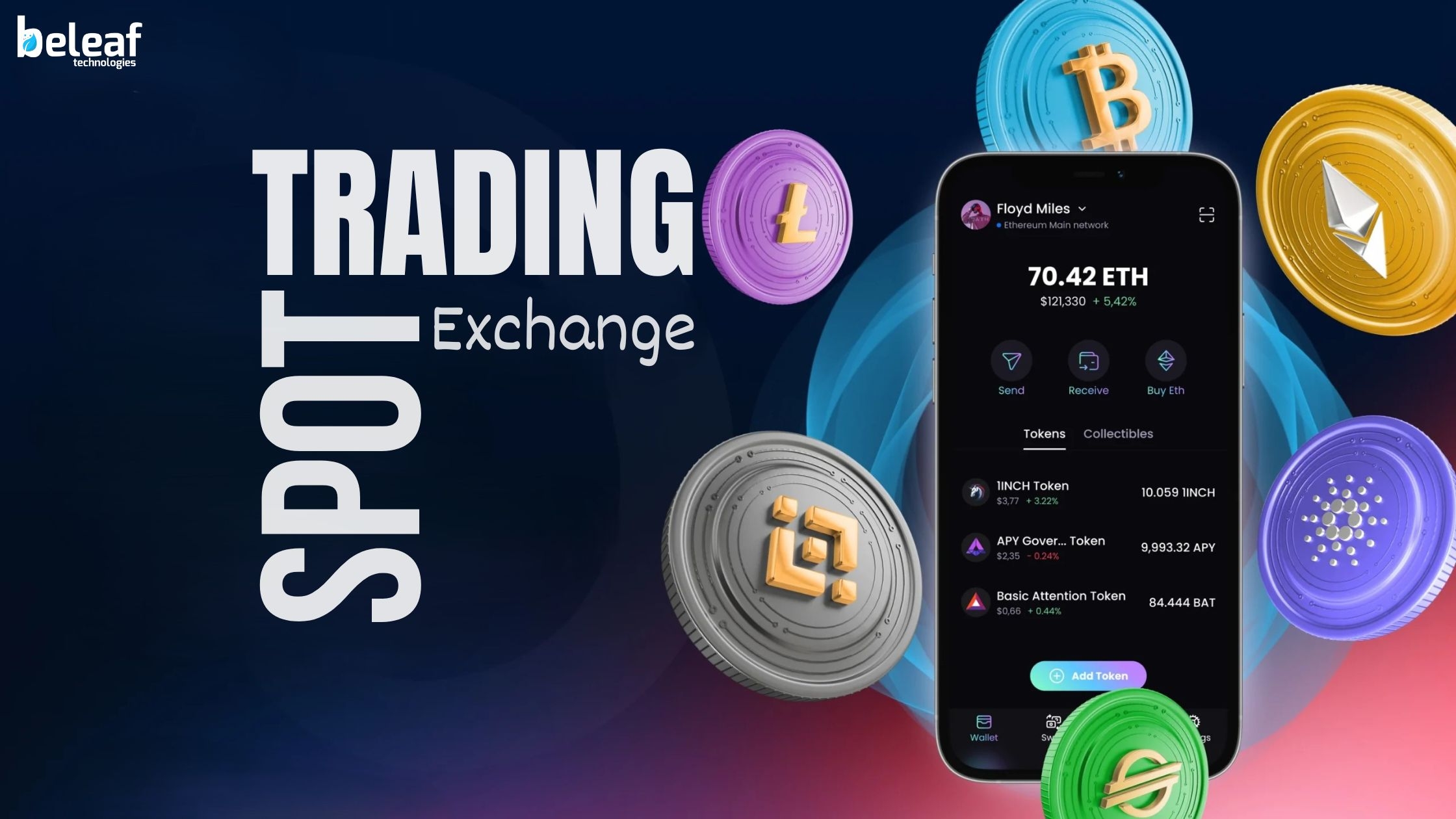In the fast-paced world of cryptocurrency and financial markets, liquidity plays a central role in ensuring that trades are executed quickly and at fair prices. For spot exchanges, where assets are bought and sold for immediate delivery, maintaining high liquidity is the key to meeting trader expectations. Without it, even the most advanced trading platform would face delays, slippage, and frustrated users.
This article explores how spot exchanges ensure liquidity for fast trade execution, the strategies they adopt, and why liquidity matters for every trader.
Understanding Liquidity in Spot Exchanges
Liquidity means the ease and speed with which an asset can be traded in the market without creating notable shifts in its price.In a highly liquid market, there are plenty of buyers and sellers, which means orders can be matched almost instantly at competitive prices.
For spot exchanges, liquidity ensures:
-
Quick order execution without long wait times
-
Tighter bid-ask spreads, meaning better prices for traders
-
Reduced volatility during normal trading conditions
Without sufficient liquidity, a market can become inefficient, leading to increased transaction costs and slower trades.
Why Liquidity Is Essential for Fast Trade Execution
Fast trade execution is critical for traders who rely on quick market moves, especially in crypto and forex markets where prices can change in seconds. Liquidity directly impacts execution speed in several ways:
-
Matching Orders Instantly – A liquid market has enough counterparties to fill orders quickly.
-
Minimizing Slippage – Adequate liquidity keeps prices stable, reducing unexpected price changes between order placement and execution.
-
Supporting Large Trades – Institutions and high-volume traders can execute large orders without drastically affecting the market price.
How Spot Exchanges Ensure Liquidity
Spot exchanges use a combination of market design, technology, and partnerships to maintain a healthy trading environment. Below are the key strategies:
1. Market Maker Partnerships
Spot exchanges often collaborate with market makers—entities or individuals who continuously provide buy and sell orders for specific assets.
-
Market makers ensure that there’s always an order on both sides of the market.
-
This reduces bid-ask spreads and enables faster order fulfillment.
-
Some exchanges incentivize market makers with fee rebates or special trading privileges.
2. Liquidity Pools
Borrowed from decentralized finance (DeFi) concepts, some spot exchanges integrate liquidity pools to aggregate funds from multiple users.
-
Traders can swap assets directly from the pool.
-
This setup ensures that even during volatile periods, there’s enough liquidity to handle trades.
3. High-Performance Matching Engines
A matching engine serves as the main system of an exchange, tasked with aligning and executing corresponding buy and sell trades.
-
Advanced matching engines can process thousands of transactions per second.
-
Exchanges often upgrade their technology to handle sudden spikes in trading activity.
4. Multiple Liquidity Sources
To avoid relying on a single source of liquidity, many spot exchanges connect to external liquidity providers.
-
This gives traders access to a deeper order book.
-
Cross-exchange integration allows orders to be routed to the best available prices.
-
It also minimizes downtime in case one liquidity source faces issues.
5. Incentive Programs for Traders
Exchanges create tiered fee structures or reward programs to encourage more trading activity.
-
Lower fees for high-volume traders attract institutional participation.
-
Competitions and promotions drive retail trader engagement.
-
Higher trading volumes lead to improved liquidity across markets.
6. Tight Risk Management
Maintaining liquidity also means managing risk effectively.
-
Exchanges monitor for market manipulation or sudden liquidity drains.
-
Automated systems halt abnormal trades during flash crashes.
-
This ensures market stability, which in turn attracts more liquidity providers.
The Role of Order Books in Liquidity
The order book is the real-time list of buy and sell orders on a spot exchange.
-
A deep order book means there are multiple price levels with substantial order sizes.
-
Investors can carry out sizable transactions without causing major shifts in market value.
-
Platforms present clear order book details to assure traders about the strength of market depth.
Challenges in Maintaining Liquidity
Even with robust systems, spot exchanges face challenges:
-
Market Volatility – Sudden price swings can cause liquidity providers to pull back.
-
Low-Volume Assets – Exotic or less popular trading pairs often struggle with liquidity.
-
Regulatory Changes – Shifts in policy can impact participation from institutional players.
To counter these, exchanges constantly adjust incentives, expand trading pairs, and upgrade their infrastructure.
Benefits of High Liquidity for Traders
When a spot exchange maintains high liquidity, traders benefit in multiple ways:
-
Faster Order Execution – No delays in buying or selling assets.
-
Better Pricing – Tighter spreads mean cost savings on every trade.
-
Lower Risk of Slippage – Price stability helps traders stick to their strategies.
-
More Market Opportunities – Liquidity enables smooth entry and exit, even during high volatility.
Final Thoughts
Liquidity is the lifeblood of any spot exchange. Without it, even the most advanced platform can’t deliver the speed and pricing that traders demand. Through market maker partnerships, liquidity pools, advanced matching engines, multiple liquidity sources, trader incentives, and risk management, exchanges create an environment where trades can be executed in milliseconds.
For traders, understanding how liquidity works is essential to choosing the right exchange. A platform with strong liquidity not only ensures fast trade execution but also provides better pricing, reduced slippage, and greater market opportunities—making it a cornerstone of successful trading.


